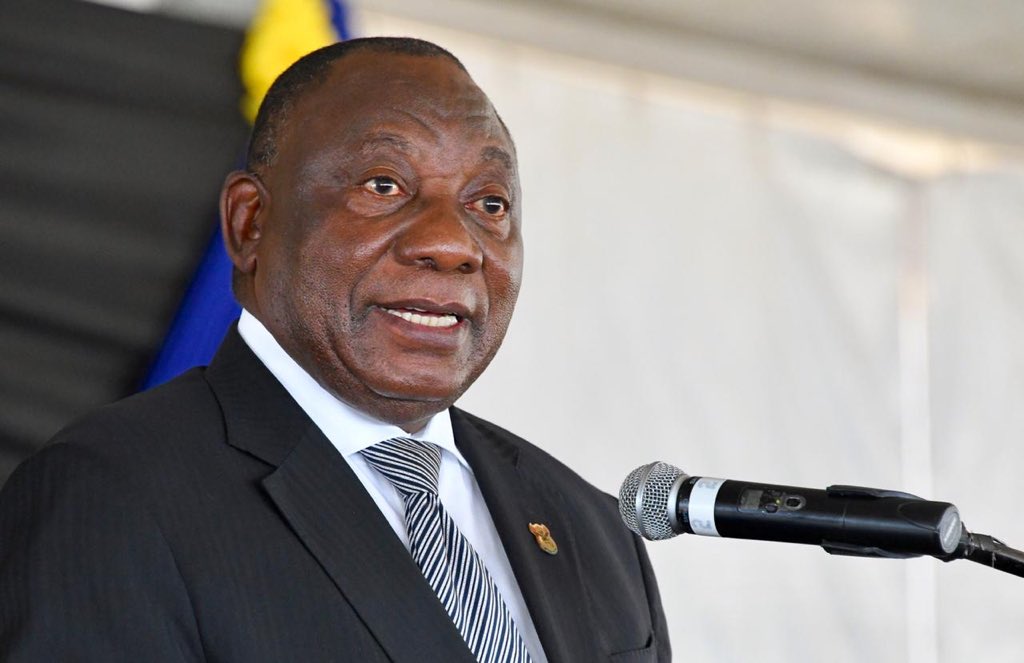THEBE MABANGA
THE South African Reconstruction and Recovery Plan, government economic recovery plan that was presented to Cabinet Lekgotla, contains a range of ambitious goals, some in place for close to a decade, but contains no new ideas.
The plan is set for debate at a special sitting of Parliament on Thursday this week.
The plan describes its objective as being twofold: the first “is to deal with immediate actions towards economic recovery amid COVID-19” and to “Rebuild and grow the economy ensuring sustainability, resilience and inclusion.”
The plan aims to use “infrastructure, localisation and re-industrialisation as levers to stimulate economic activity and to raise the standard of living in marginalised communities.”
The plan foresees economic contraction of 7% in 2020, which is optimistic by many estimates, and anticipates the loss of 3 million jobs.
The plan says it rests on “[building] a strong social compact that unlocks scarce resources, both human and financial, and further facilitates trade-offs in society as well as building consumer and business confidence”.
But an example of a trade-off that the country has not been able to achieve is one on the Public Service Wage Bill, where civil servants are effectively being asked to sacrifice promised salary increases and possibly job security in some parts of the civil service.
The plan also aims to “ensure that the population is skilled and equipped to be more productive in the economy,” something which can only be achieved with skills development in the short term and adequately fixing the education system in the long term in the long term.
The plan rests on a total of eight intervention areas, many of which appear to be previously greed on plans or areas that the country has been unable to address for a while.
The first area is ensuring energy security.
The first phase to this is allowing for self-generation and requesting information for Liquid Petroleum Gas.
The next leg is the unbundling and separation of Eskom and implementation of the Integrated Resource Plan.
But the power utility has already said that while it expects to complete the legal creation of the three new divisions by next year, it has now attached no time frame to how long it will actually take to physically create the three new entities.
The last leg in the implementation of the gas to liquid programme, the import of natural gas, possibly from Mozambique and the Rift Valley in Tanzania, as well as preparation of the Nuclear Built Programme.
But the IRP foresees a limited role for Nuclear by 2030.
The second area of intervention is the creation of a thriving industrial base that creates jobs.
This entails support for firms and household in distress, a process that has had limited success at the height of COVID-19 through the R200 million loan guarantee scheme.
It also involves “dealing with confidence boosting measures such as land rights, digital migration and mineral rights” again three areas of long-standing challenge.
The last leg is strengthening regional trade through negotiation of trade deals.
But looming over the horizon is the possibility of a No-Deal Brexit for a key trade partner, the United Kingdom.
The plan then speaks of a massive Employment Programme through the building of community infrastructure, scaling up the Zibambele programme and supporting the COVID Class of 2020 graduates, but does not spell out how and focus on environmental programmes.
Government then commits to building infrastructure that meets the needs of the National Development Plan 2030, whose many goals are in danger of being missed.
The plan then focuses on macroeconomic interventions such as strengthening revenue collections and repurposing of State Owned Enterprises.
It also calls for the review of Tax Incentive Scheme that was designed to boost youth employment and give tax holidays and other relief to vulnerable businesses and households.
The next area of focus is the green economy where the plan is to issue green bonds to reduce carbon footprint and encourage recycling of tyres and e-waste among others.
The plan then focuses on food security by supporting small and emerging farmers, reviewing the agro processing value chain and reviewing the Agriculture Marketing Act.
The plan does not speak of the plan for expropriation without compensation and what impact, if any, it is likely to have.
Government has undertaken to pursue the policy without disrupting economic productivity.
Finally, the plan speaks of revival of tourism where it aims to stimulate the entry of new players and revive domestic tourism through maintenance of state owned facilities such as the National Parks.
The plan also speaks of “protection of aviation capacity through operations”, in what sounds like support for South African Airways.
There is also the target of implementing the Tourism Equity Fund and build a bidding pipeline for future conferences and mega events.
The plan commits to structural reforms and identifies nine in total starting with reforming network industries such as electricity and rail and supporting labour intensive sectors.
These are all goals that have previously been identified.
The plan will be overseen by the National Command Council, suggesting that structure designed to over see the response to COVID-19 may now be permanent, and will have a Nedlac Presidential Working Group and seven-a-side working group reporting to the NCC.
There will also be Presidential Advisory Technical Team working with the Vulindlela academy, located at the Development Bank of Southern Africa, as well as the Economic Cluster of cabinet. This is before line ministries and department take over implementation.
(COMPILED BY INSIDE POLITICS STAFF)



